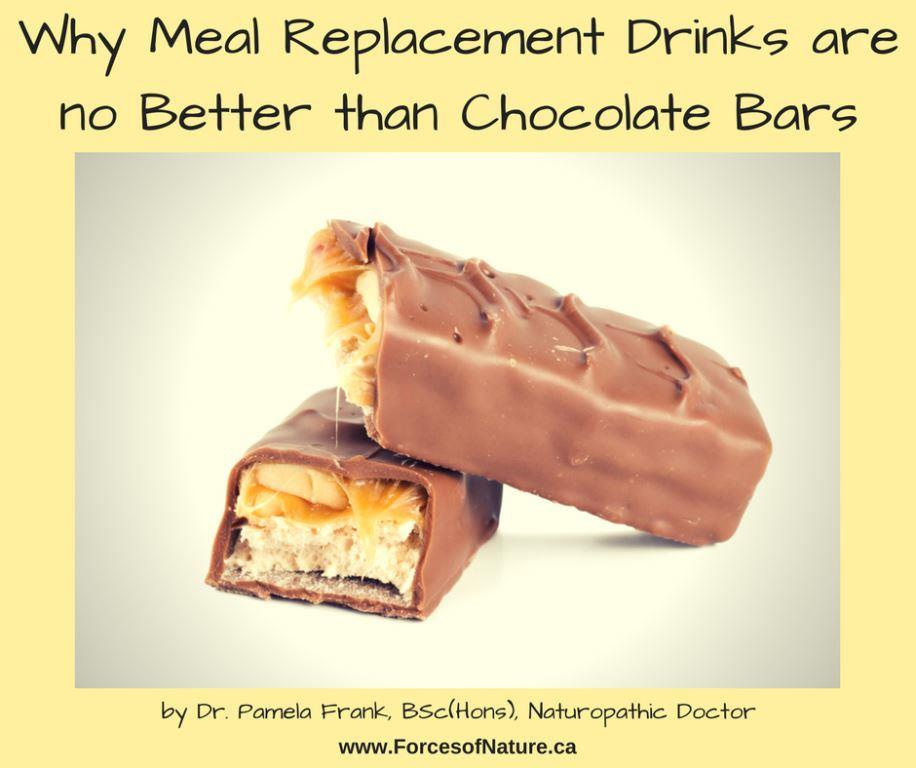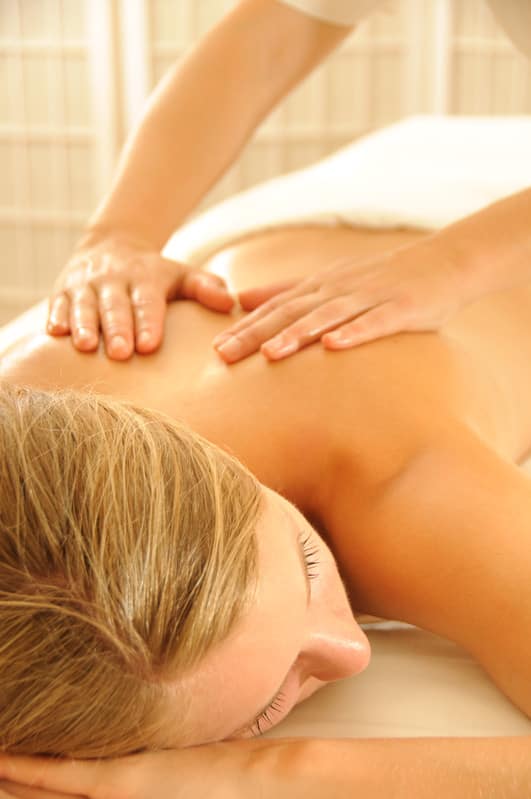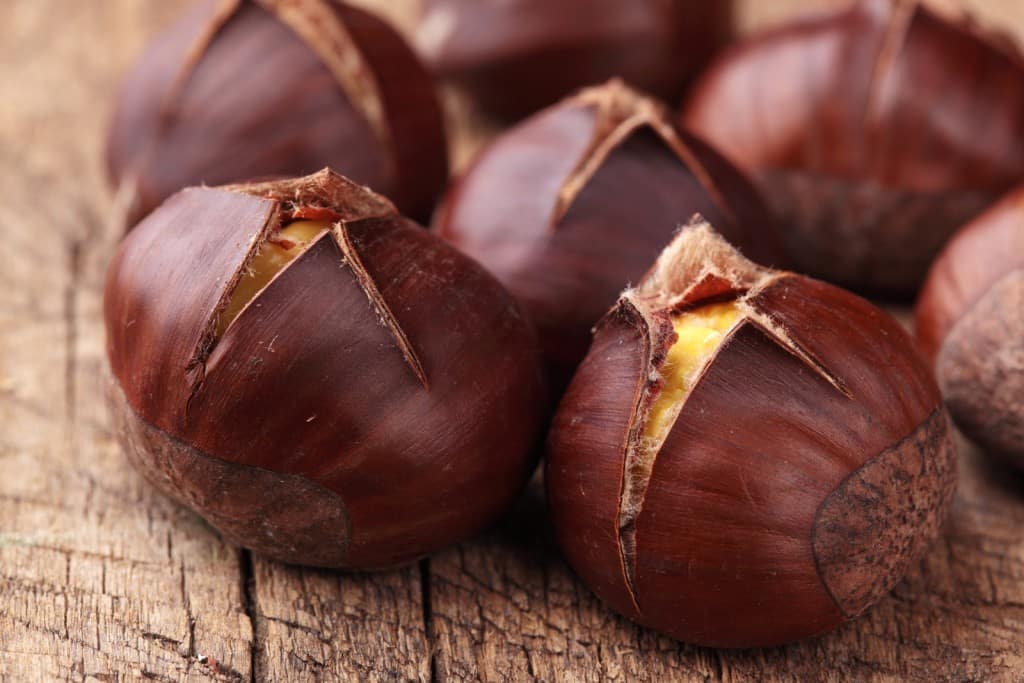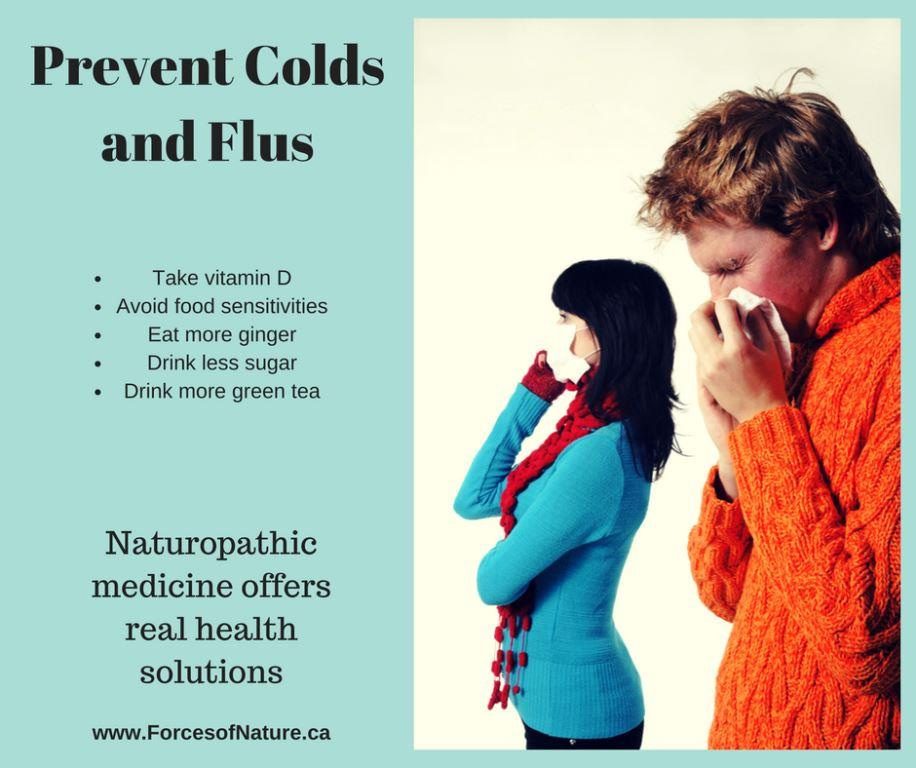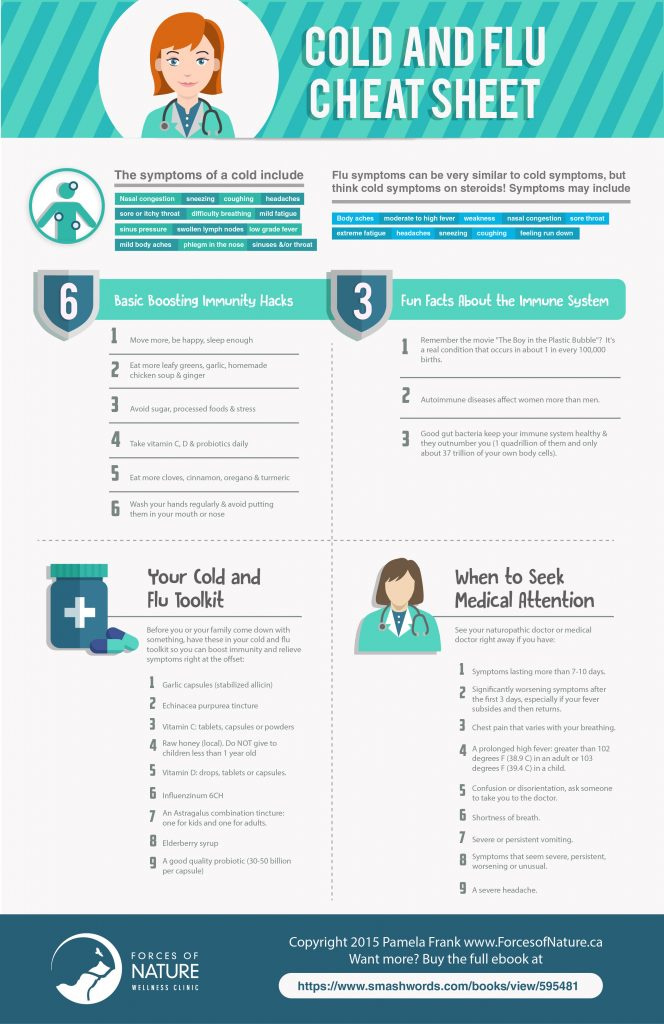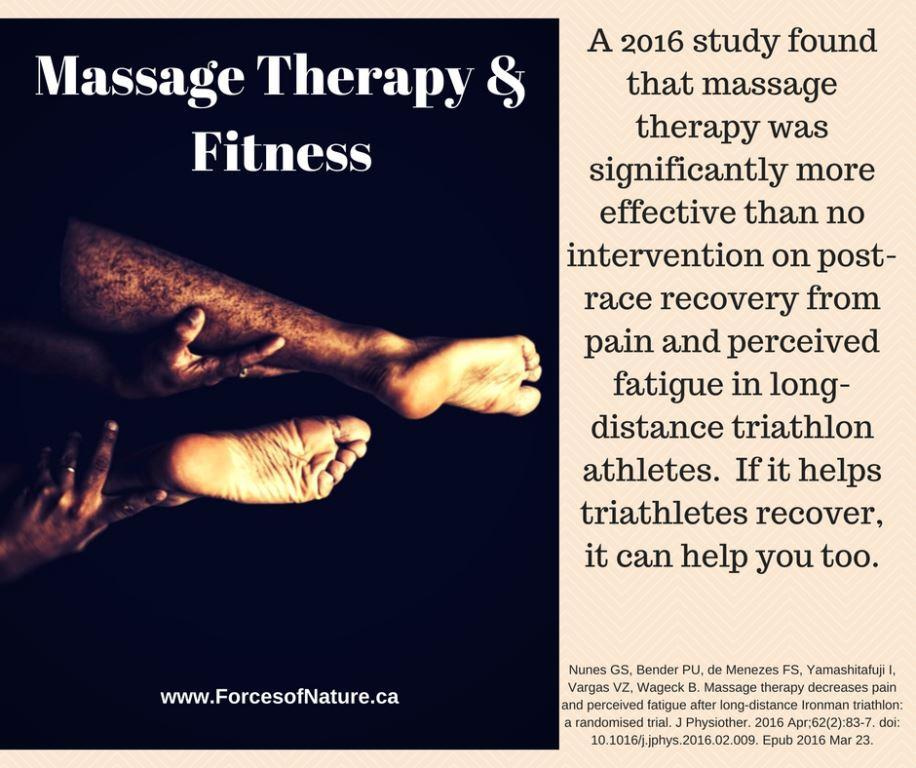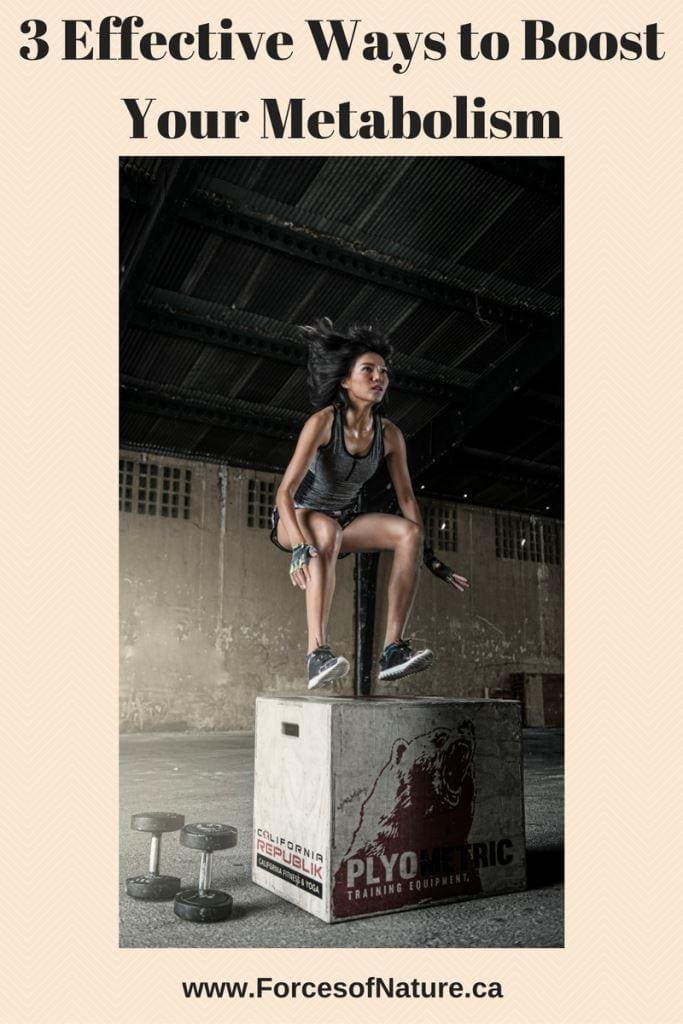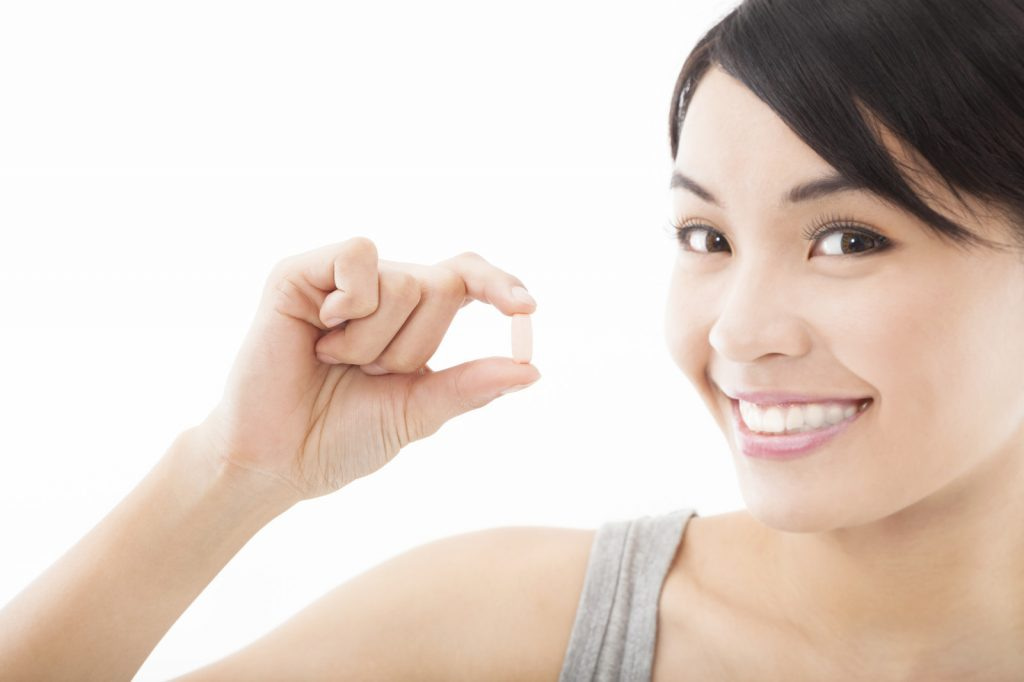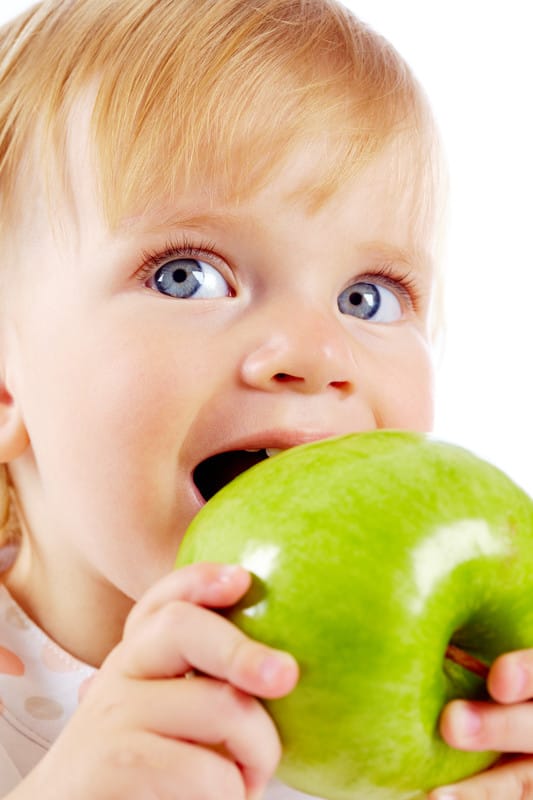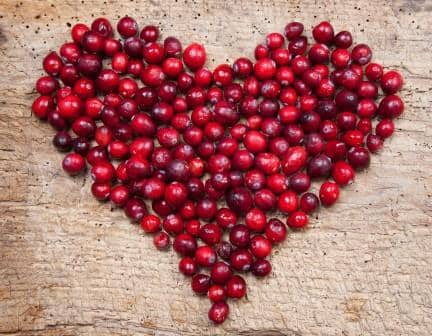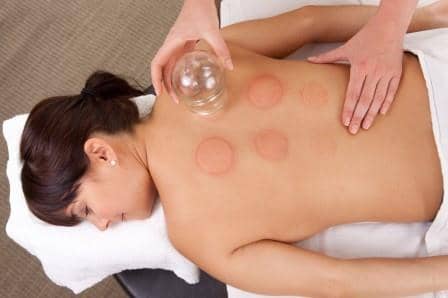
Job Stress and Diabetes
Are you a slave to your job? Do you work long hours? Have little support? Feel that you have no control over the situation? Is there a link between your stress and diabetes? You may want to read this.
In a 2010 study, white, middle-aged women reporting high levels of job strain and little work-related social support are at increased risk of developing type 2 diabetes. Among the women, about 10 percent of all type 2 diabetes cases could be prevented. Had the job-related stressors of little control, high demands, and little social support been eliminated it would reduce the risk.
When I see a patient with type II diabetes, we always address the 3 foundations of healthy blood sugar: diet, stress reduction and exercise. Women with blood sugar problems often clean up their diet. They also start exercising, but may still struggle with blood sugar issues when stress is high. In those patients, we focus on reducing stress where we can. We add in some stress reduction techniques like yoga, meditation or tai chi.
Stress is a part of everyone’s life. A certain amount of stress is good as it can help motivate action and positive change. Where stress seems to be particularly damaging is where women feel out of control of the stress.
Given this data, perhaps we should consider out of control work stress as another unhealthy lifestyle factor similar to obesity, low physical activity, smoking and poor diet. Working oneself to death is sometimes lauded as an achievement. It is considered admirable. However, there are limits. Taking control of your stress and seeking social support may be more deserving of merit.
I would add that it’s particularly important for women with any reproductive or hormonal issue to be cognizant of negative stress. Because that type of stress obviously has a major influence on blood sugar and insulin levels. High insulin ultimately creates hormonal imbalances as well as type II diabetes.
Our naturopathic doctors can help with lifestyle counselling, diet advice, and natural remedies to help you relax and manage blood sugar better. And of course, our massage therapists have the most amazing remedy for stress at their fingertips. Book now.
Authored By Dr Pamela Frank, BSc(Hons), ND
